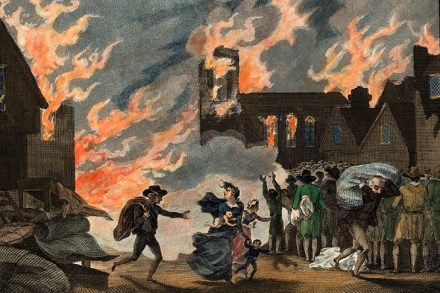The National Trust took the knee
In a recent interview, Hilary McGrady, the director-general of the National Trust, complains that ‘The culture wars we’re trying to grapple with are never something I supported’. I do believe her: she is not a political warrior. But what she does not acknowledge – or possibly does not understand – is that it was the wokeists within the National Trust’s staff, and the outsiders they commissioned to help them, who started the fight. There would have been no unhappiness among members if, to improve historical understanding of Trust properties, more attention had been given to the origins – good, bad or something in between – of the money which built



